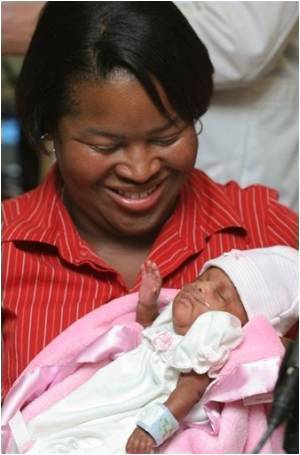In a study, researchers will report findings that suggest around-the-clock labor and delivery coverage decreased the odds of cesarean delivery.

The objective of the study was to determine if the implementation of "laborists" to provide around-the-clock coverage of labor and delivery would produce better outcomes. The study compared outcomes in hospitals with around-the-clock coverage versus hospitals whose coverage was based on need.
The study was a retrospective cohort study which covered live singleton births that were delivered in California between 2005-2006. There were certain variables that were taken into consideration to reduce the margin of error. Hospitals that had fewer than 1,200 deliveries were not considered for the study. The statistical analysis used included chi square and multivariable logistic regression. Hospitals were broken into two categories; one having a labor and delivery clinician "around-the-clock" while the other category was "as-needed".
The sample size was very large as 740,019 singleton births met the study criteria, and the breakdown was as follows:
- Around-the-clock274,106 births (37 percent of births)
- As-needed465,913 births (63 percent of births)
Data showed that around-the-clock hospitals had lower numbers of overall cesarean deliveries as well as primary cesarean delivery in both first time mothers and women who have given birth before. In addition, women who previously had a cesarean birth were more likely to attempt to achieve vaginal delivery in around-the-clock hospitals.
Source-Eurekalert
 MEDINDIA
MEDINDIA



 Email
Email








